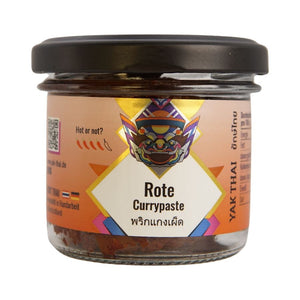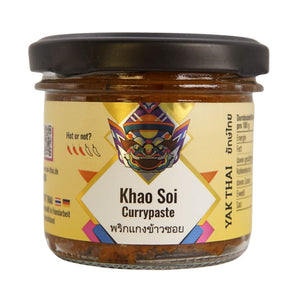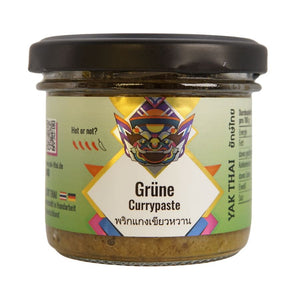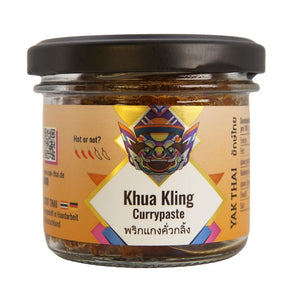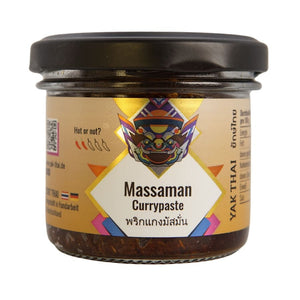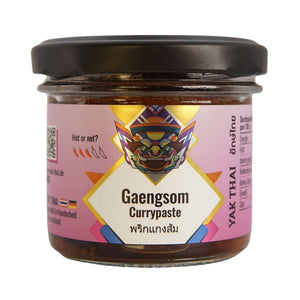Table Manners in Thailand: A Guide for Guests 😎
Thailand is known for its rich culture and hospitality. An important aspect of this culture is its table manners and dining customs, which can often be unfamiliar to travelers. In this blog post, we'll take a look at the most important rules and customs you should know to behave like a local.
Seating arrangement and taking a seat
The seating arrangement
In Thailand, the highest-ranking person sits in the center of the table, not at the head of the table as in the West. This seating arrangement, with the highest-ranking person sitting in the center of the table, has historical and cultural roots. This tradition reflects the Thai social structure, which is strongly characterized by hierarchies and respect.
Historically, the center of the table was the place from which the highest-ranking person could best communicate and interact with everyone else. This allowed for instructions to be given and conversations to take place without anyone being excluded. This practice has persisted over the years and is a sign of respect and recognition of social hierarchy.
Respect for elders and those of higher rank plays a central role in Thai culture. The center of the table symbolizes the central role and influence of the highest-ranking person within the group. This tradition is deeply rooted in Thai social norms and values and is still observed today in many formal and informal situations.
The foot - the most impure part of the body
In some homes or restaurants, there are low tables and cushions on the floor instead of chairs. It's important to keep your feet tucked under you and not point at others. This is considered disrespectful, as the feet are considered the lowest and most impure part of the body.
This has both cultural and religious reasons. Feet are considered dirty because they touch the ground and are therefore considered impure . Therefore, it is considered impolite to point with your feet at people or sacred objects such as Buddha statues or images of the king .
This tradition is deeply rooted in Thai culture and reflects the respect one should show others. Pointing with the feet is considered disrespectful and offensive, as it symbolically points the lowest part of the body at someone . Crossing the legs so that the soles of the feet point at others should also be avoided, especially in temples or toward the elderly.
Eating together
Selection of dishes
In Thailand, it's common for a group to order several dishes, which are then shared . This allows everyone to experience a variety of flavors and textures. Dish selection is often done in consultation with everyone at the table, with care being taken to ensure a balanced mix of meat, fish, vegetables, and soups.
It's also important to know that you shouldn't eat directly from the shared plates. Instead, take small portions onto your own plate. This shows respect and hygiene. When eating with Thai people, you'll notice that they often make sure everyone at the table has enough to eat and no one goes hungry.

Cutlery and eating habits
Thais primarily eat with a spoon and fork. The spoon is held in the right hand and the fork in the left. Knives are rarely used, as the food is cut into bite-sized portions in the kitchen.
Interestingly, Western cutlery was only introduced in the 19th century by King Rama V to promote Western eating habits among the Thai population. Before that, eating in Thailand was primarily done with the hands. Today, however, it is common to use cutlery, with the spoon as the primary tool. Noodles served in a bowl are eaten with chopsticks.

Respect and politeness
It's important to be respectful and polite. Avoid speaking loudly or gesticulating. If you're in a restaurant and the staff is eating, wait until they're finished before placing your order.
Sharing a meal in Thailand is more than just a meal—it's a social event that builds community and celebrates culture. By respecting and observing these traditions, you can enrich your dining experience in Thailand and leave a positive impression.
In Thailand, the concept of "Kreng Jai" plays a major role, which means consideration and the desire not to inconvenience others . This is evident in many aspects of daily life, including table manners. A smile and a respectful attitude are also important to create a harmonious atmosphere.
Order of food and the role of the youngest
Order of dishes
In Thailand, there is no set order for serving food. All dishes are placed on the table at the same time, and everyone can help themselves as they please. This differs from the Western tradition, in which appetizers, main courses, and desserts are served one after the other. This practice fosters a sense of community and allows for the enjoyment of different flavors and textures at the same time.
However, rice is always served first, followed by the other dishes. This is because rice is the staple food in Thailand and serves as the base of the meal. The other dishes are then brought to the table one after the other, depending on how quickly they are ready. This flexible order allows for the meal to be enjoyed in a relaxed and convivial setting.
Why the youngest serves the rice
Respect plays a central role in Thai culture, and this is also reflected in table manners. It is the responsibility of the youngest person at the table to serve the rice for the others. There are several reasons for this tradition:
Sign of respect : Serving rice by the youngest person is a sign of respect for the elders and those of higher rank at the table . It shows that the younger generation is willing to serve and help the elders.
Promoting politeness and humility : This practice promotes politeness and humility among the younger generation. By serving rice, they learn to take responsibility and care for others.
Strengthening community : Eating together and having the youngest person serve the rice strengthens the sense of community and family bonds . It shows that everyone at the table plays a role and contributes to the well-being of the group.
These traditions and customs make eating in Thailand a special experience and reflect the values and norms of Thai society.

Tips and payment
Tipping in Thailand can be confusing for travelers, as it was once considered unusual in Thai culture. However, tipping is now common, especially in tourist areas. Here are some important points to keep in mind.
Restaurants and cafes
In restaurants and cafes, it's customary to tip approximately 10-15% of the bill . In Western-style restaurants and bars, a 10% service charge is sometimes automatically added to the bill . In such cases, additional tips are not required but always appreciated.
Street food and simple restaurants
Tipping is less common at street food stalls and in very simple restaurants. However, you can round up your bill or leave a small tip in a tip box if one is available.
The payment
In Thailand, cash is generally used, especially in smaller shops, restaurants, and street food stalls . In larger restaurants, hotels, and shops, you can also pay by credit card. However, it's advisable to always carry some cash with you, as card payments aren't accepted everywhere.
Table manners in Thailand: Our conclusion
Following Thai table manners can enrich your dining experience in Thailand and demonstrate respect for the local culture. By following these simple rules, you can ensure you make a positive impression and get the most out of your stay in Thailand.


